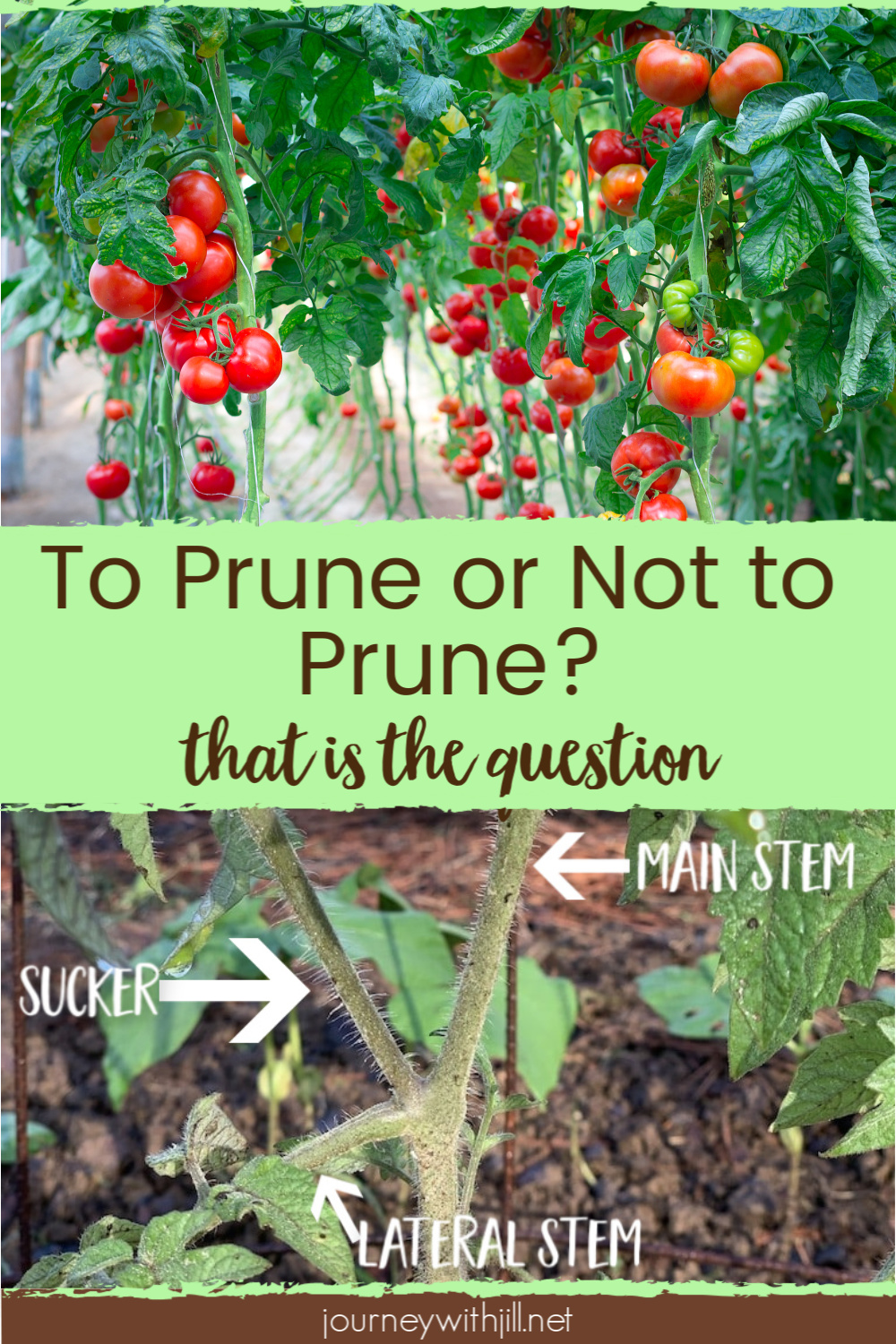Effective Ways to Freeze Potatoes in 2025: Learn the Best Methods!
Freezing potatoes is a convenient way to extend their shelf life while retaining their nutritional value. In today's article, we will explore how to freeze potatoes using various effective methods. Whether you're looking to store whole potatoes, diced potatoes, or even mashed potatoes, we have the best freezing techniques to ensure you have quality potatoes ready for quick meals all year round!
Essential Tips for Preparing Potatoes for Freezing
To achieve excellent results when freezing, it's crucial to start with the right preparation. Below, we will cover the key steps for preparing potatoes for freezing and discuss the necessary safety tips for freezing potatoes effectively.
Blanching Potatoes Before Freezing
Blanching is a process that involves briefly boiling potatoes before cooling them down in ice water. This method helps to preserve texture and color. When you blanch potatoes before freezing, you deactivate enzymes that can cause changes in flavor and texture. Typically, whole potatoes should be blanched for about 3-5 minutes, while diced or sliced potatoes may take around 2-4 minutes, depending on size. Remember to cool them in ice water immediately after boiling, and pat them dry before freezing to avoid freezer burn.
Freezing Raw vs. Cooked Potatoes
Choosing whether to freeze raw or cooked potatoes depends on how you plan to use them later. Freezing raw potatoes is possible but may lead to a texture that is not as appealing once thawed. On the other hand, freezing cooked potatoes often yields better results. If you're unsure, try cooking a batch, mashing them, and then freezing—this can create the perfect base for future dishes.
Choosing the Right Containers for Freezing Potatoes
Packaging is key in ensuring that your potatoes remain fresh during storage. Use high-quality freezing potato storage bags or vacuum-seal bags to prevent air exposure. Also, consider portioning out your potatoes in meal-sized quantities which helps not only to avoid wasting any but also makes meal prep quick and easy. Optimal containers include BPA-free freezer bags and hard-sided plastic or glass containers that are strong enough for freezing. Label these containers with the date to track when they were frozen.
Freezing Techniques for Different Potato Varieties
Different types of potatoes may require slightly differing techniques to maintain their quality. In this section, we’ll discuss the best methods for freezing various potato forms including whole, diced, and mashed.
Freezing Whole Potatoes
While it's possible to freeze whole potatoes, they will likely lose some texture and may turn brown or mushy upon thawing. To freeze whole potatoes effectively, consider first blanching them or using a method such as vacuum sealing to maintain freshness. Be aware that smaller potatoes tend to freeze better than larger ones due to their more even cooking and cooling characteristics.
Freezing Sliced and Diced Potatoes
When freezing sliced potatoes, keep in mind that consistency in thickness helps with even freezing and cooking. Make sure to soak them in water if they'll be frozen as slices to prevent browning, and remember to blanch them beforehand. Diced potatoes are especially suitable for quick-cooking recipes as they generally reheat faster and maintain their texture well after freezing.
Freezing Mashed and Cooked Potato Recipes
Mashed potatoes freeze beautifully when prepared correctly. To freeze mashed potatoes, allow them to cool before portioning them into freezer bags or containers. Consider mixing in a little cream or butter to help maintain the creamy texture. This way, when reheating, they can be fluffy and very close to their freshly-made counterpart, making them ideal for frozen potato recipes.
Thawing and Cooking with Frozen Potatoes
After all the effort to freeze your potatoes effectively, knowing how to properly thaw and cook with them is equally important. Below are the ideal processes to follow when using your frozen potatoes in meals.
Methods for Thawing Frozen Potatoes
Thawing frozen potatoes can be done slowly in the refrigerator overnight for the best results; however, if time is of the essence, you can also cook them directly from frozen. For example, use frozen potato cubes in stir-fried dishes or add frozen mashed potatoes directly to boiling water without thawing. This can help keep flavor and texture intact, making cooking with frozen potatoes seamless and efficient.
Utilizing Frozen Potatoes in Meals
Incorporating frozen potatoes into meals can be made easy with recipes like creamy potato soup or pan-fried potato wedges. For the best texture, make sure to avoid overcooking them as frozen potatoes can become mushy if cooked for too long. Always account for a shorter cooking time when using frozen potatoes in recipes.
Managing the Quality of Frozen Potatoes
Maintaining the quality of your frozen potatoes involves more than just how you freeze them. Consider factors like avoiding freezer burn, which can compromise taste and texture. Storing them at a consistent temperature of 0°F (-18°C) or below can greatly help ensure their quality over time. Also, routinely check your freezer's temperature, and keep an inventory of what you have on hand, including a freezer inventory.
Key Takeaways
- Blanching potatoes before freezing is essential for maintaining texture.
- Choosing the right packaging prevents freezer burn and extends the storage life.
- Different potato varieties can be frozen using tailored methods for optimal quality.
- Thawing frozen potatoes gradually yields better results, but they can also be used directly in cooking.
- Regularly monitoring your frozen potato stock helps in meal planning and avoiding waste.
FAQ
1. How long can you freeze potatoes for optimal quality?
Potatoes can be frozen for up to 12 months without significant loss of quality. Over time, you may notice changes in texture or flavor, especially after the six-month mark. Always label your frozen potato bags with the date of freezing to track their freshness.
2. What happens when you freeze potatoes without blanching?
Freezing potatoes without blanching can lead to them becoming soft and brown, as the enzymes remain active. Blanching helps preserve the flavor, color, and texture, making the potatoes much more enjoyable to use once thawed.
3. Can you freeze potato salads?
Freezing potato salad is generally not recommended because the ingredients, such as mayonnaise or dairy, do not freeze well and can separate upon thawing. For best results, prepare fresh salads using your frozen potato supply instead!
4. How do you prevent freezer burn on potatoes?
To prevent freezer burn on potatoes, ensure they are packaged tightly to minimize air exposure. Vacuum sealing or using high-quality freezer bags can help create a barrier against air and moisture.
5. Is there a difference between fresh and frozen potatoes?
Yes, there can be differences in texture and taste between fresh and frozen potatoes. Fresh potatoes often have a firmer texture, while frozen potatoes may become softer upon cooking. However, freezing can help preserve their nutritional value for extended periods.
6. What kind of potatoes is best suited for freezing?
Waxy types such as Red Bliss or Fingerling potatoes are recommended for freezing due to their lower starch content and smoother texture. These varieties typically freeze well and maintain their integrity after thawing.
7. How can I incorporate frozen potatoes into my meals?
Frozen potatoes can be used in many dishes, including casseroles, soups, or stir-fries. Simply replace fresh potatoes in your favorite recipes with your frozen equivalents. Always adjust the cooking time accordingly when using frozen potatoes.


